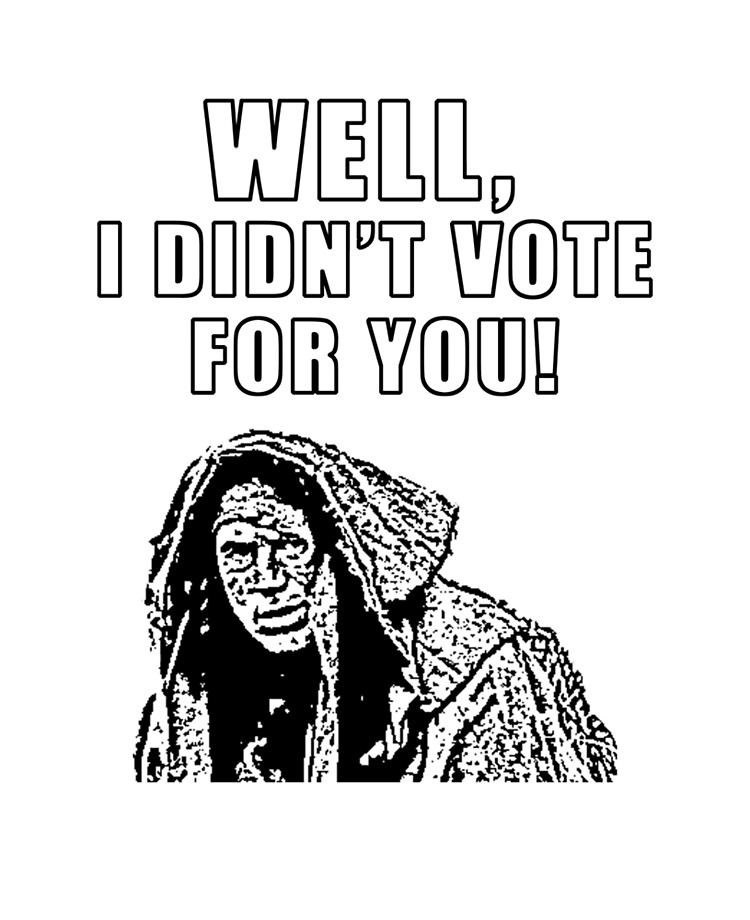
Source: Mulholland Drive (Universal Pictures)
This week we explored movements in time and history but also ways to categorise filmmaking, those being: Realism, Modernism, Postmodernism, Surrealism, and Post Postmodernism/Metamodernism. I liked conceptualising the differing lenses to view and create subversive films through, and how these shift over time periods. Also, ways in which these styles could be recreated, to be subversive in form. I like the concept of extra-textualism within Post Postmodern films and how they are self reflexive; I think this is a topic I want to explore. Additionally, the idea of form and how differing forms can combine in a single film is something I want to experiment with.
On Thursday, we watched Mulholland Drive. This was my first time watching the film and I left the cinema perplexed, unsure of what I had just consumed. I felt tightly manipulated (enthralled) by every moment of Mulholland Drive and enjoyed it even though it imbued me with a feeling that I was not smart enough to understand the point of the movie. Watching the explanation of the David Lynch’s 10 clues about Mulholland Drive in class was really helpful for me to understand some sort of linear plot, one that I had not thought of myself nor researched online.
Watching films as impactful as Unedited Footage of a Bear, Monty Python, and Mulholland Drive does make me feel uniquely incapable of ever making a film that actually has an effect on the audience. Nonetheless, I’ve enjoyed watching them. Mulholland Drive being my favourite of what we’ve explored so far, and I look forward to watching it again, with these new concepts and explanations to view the film from new lenses.
I enjoyed the way in which people resonated with Mulholland Drive because of how it acknowledged and elicited a sense of anxiety, or explored a personification of deep, negative emotions. This has sparked ideas of how I could be explore this in a low-budget, documentarian sense. Such as doing a long take, or day in the life sense, video, lacking non-diegetic audio and just exploring real human emotions. This plays into an extra-textual understanding in film, and that this would only resonate with people who have experienced such feelings through similar symptoms (maybe???).
